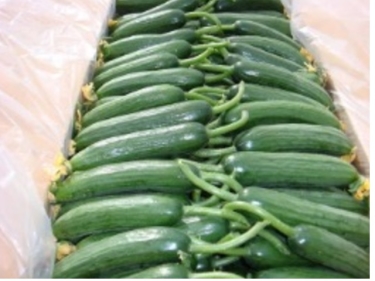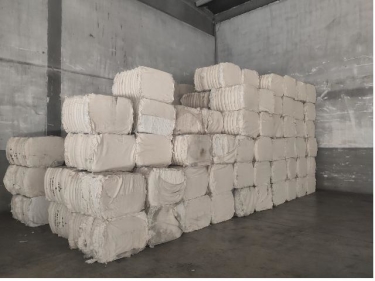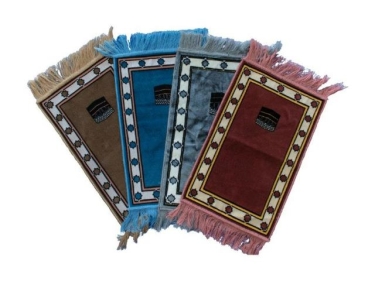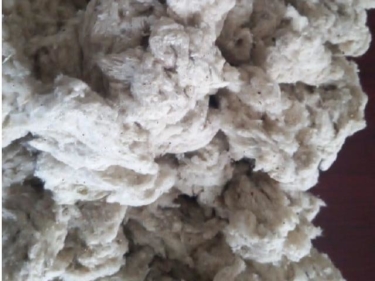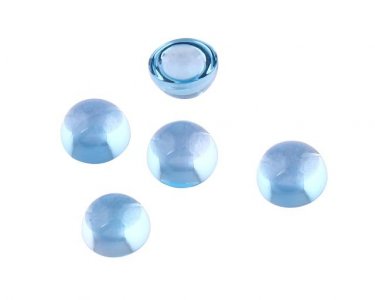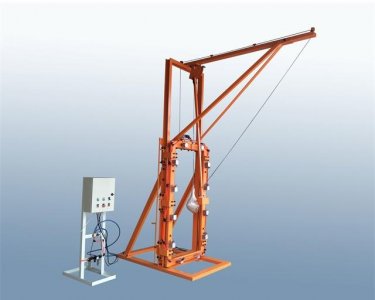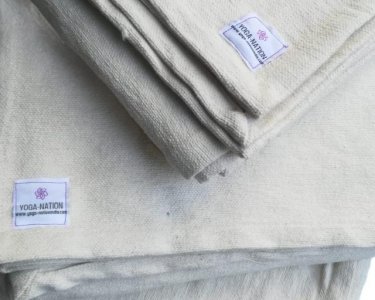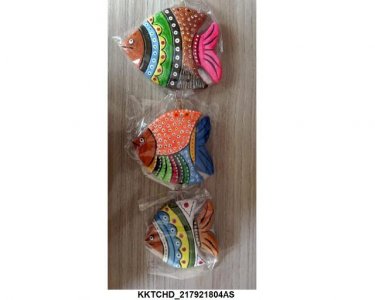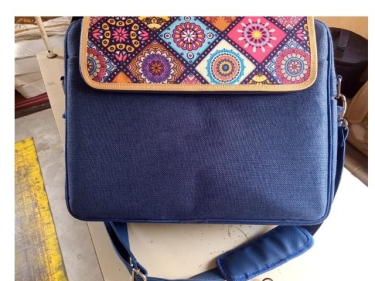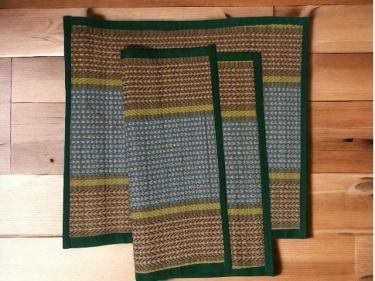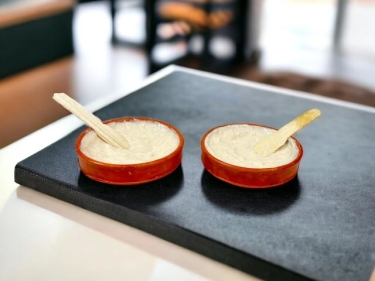Search Results for "guam" in "Guam" on Export Portal
Active Filters
-
Keywords:
-
Country:
- Clear all
New Search
Couldn't find the product you want?
Fill out this form to request the product.
Exports
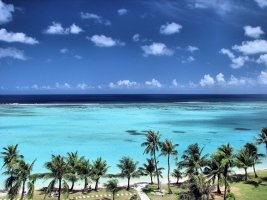
Guam has a relatively prosperous economy compared with other Pacific island countries, as its GDP per capita is equal with about US$28,000. The country's economy depends on tourism, local businesses and military installations.
Tourism is one of the major industries, due to the fact that Guam is a popular destination for tourists from Japan, Taiwan and South Korea. The most popular tourism hub is Tumon. Duty-free shopping outlets and malls are significant sources of revenue for the country.
Other important industries include agriculture, food processing, construction, transshipment services, concrete products, textiles, printing and publishing. The main agriculture products cultivated in Guam are fruits, vegetables and copra. The agricultural sector also produces eggs, pork, poultry and beef.
Guam is the world's 210th largest exporter. The primary exports include refined petroleum products, construction materials, fish, food products, beverages and jewelry. Guam's major export partners are Palau, Hong Kong, South Korea, the Philippines and Singapore.
Customs requirements of Guam
Guam Customs Contacts
Website: http://www.cqa.guam.gov/
E-mail: director@cqa.guam.gov
Address: CQA Director's Office. 770 East Sunset Blvd. Ste. 250. Tiyan, Guam 96913
Tel: (671) 475-6202
Guam is an unincorporated and organized territory of the United States. It is located in the northwestern Pacific Ocean and it is one of five American territories with an established civilian government. Guam is a member of the Pacific Community.
Tariffs
Guam applies import rules similar to those of the USA. The country is a free port and as a result no customs duties are levied.
Product certification, labelling and packaging
Goods should be securely packed, taking into account the nature of the products, ways of transport and climatic conditions during transit and delivery.
Use of hay, straw, grass or chaff is prohibited.
The country of origin should be indicated on the outer containers and have consignee's mark and port mark. Containers should also be numbered.
Labelling of goods follows normal commercial practice, the label should indicate:
- name and address of manufacturer/importer/distributor
- description of contents, including quantities
- usage instructions
For plants and seeds importers will need an import permit from the Plant Quarantine Section of the Ministry of Agriculture.
Soil and fertilizers also require an import permit.
Meat and meat products require an import permit and inspection by a qualified veterinary doctors from the Ministry of Agriculture / Public Health Services of the Ministry of Health.
All food and drink imports must have labels that conform to US Health Department content, style and size requirements.
Documents for import
- Commercial invoice (including an accurate description of goods, quantities, etc. Special summary invoices are required for products such as steel, cotton and linen fabrics)
- Bill of lading (4 copies are required)
- Packing list
- Import permits
- Insurance
Sources:
https://www.iamovers.org/files/newimages/member/shippers/guam.pdf
http://www.pacificsbdc.com/sites/default/files/guam_sbdc_export_resource_guide.pdf



